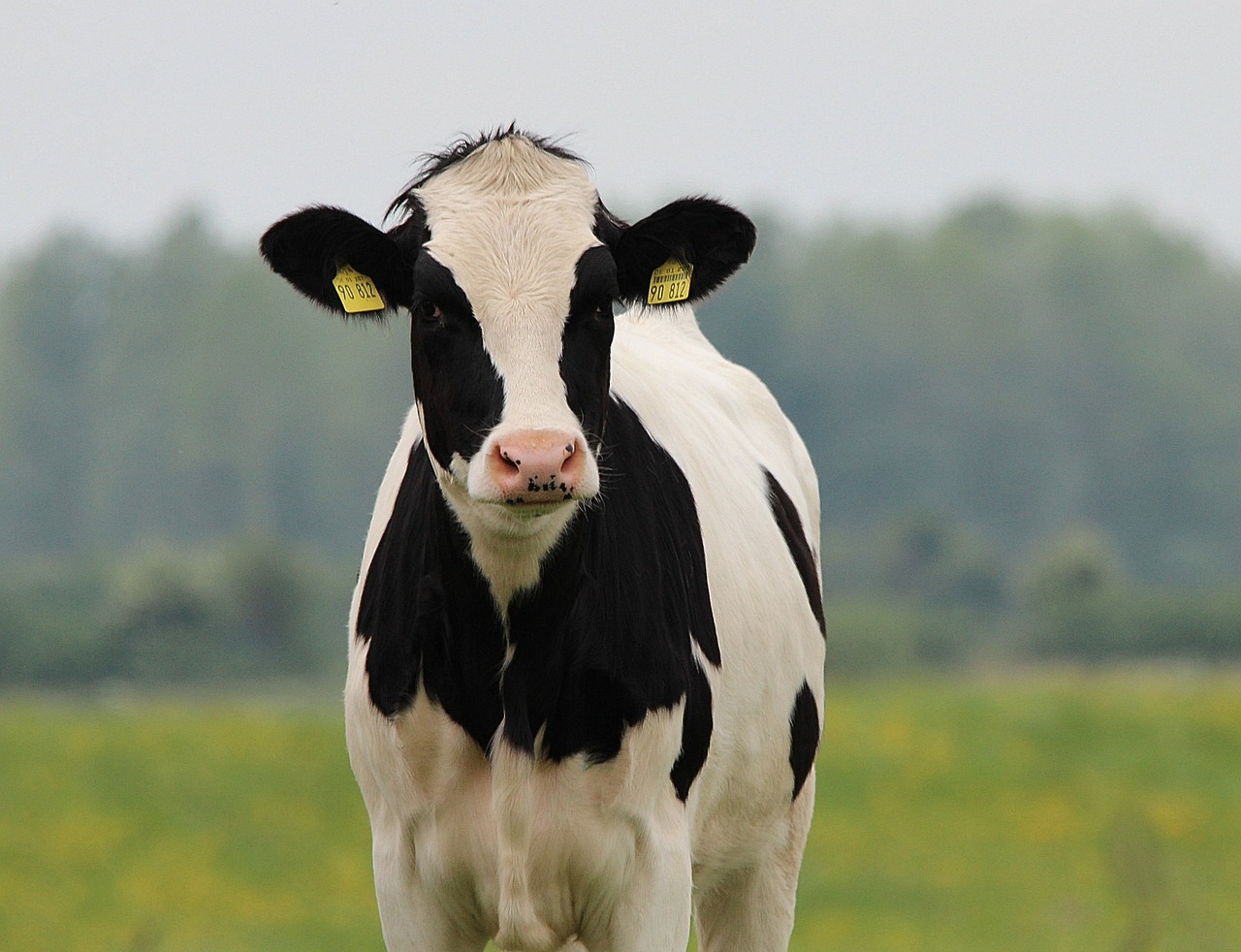
Harvesting prosperity through innovation and technology in agriculture
The history of early human advancement is the history of harvesting prosperity from agricultural innovation. In Harvesting Prosperity: Technology and Productivity Growth in Agriculture, we argue that this focus on raising agricultural productivity remains as urgent today as ever. Some stylized facts:
- Nearly 80% percent of the world’s poor live in rural areas, and many depend on farming for their livelihood. Productivity growth in agriculture has the largest impact of any sector on poverty reduction — roughly twice that of manufacturing.Rising productivity in China and other countries of East Asia has contributed to impressive reductions in poverty but has been too low to have similar impacts in Africa and South Asia, precisely where the largest remaining pockets of extreme poverty are to be found.
- Despite increases in world agricultural productivity over the last few decades, global undernourishment remains significant and is on the rise, reaching 821 million people in 2017 (FAO et al. 2018).
- Climate change will hit agriculture hard particularly where large numbers of poor people live. Climate change models suggest warming of 1 to 2 degrees by 2050 from the pre-industrial level (IPCC 2018) and the FAO estimates a 3–10% decline in average global cereal yields for every 1-degree Celsius increase.
- Agriculture productivity is lower and is growing more slowly in poor countries, impeding their income convergence to the advanced economies.
Globally, the vast majority of increases in output have been precisely through increases in Total Factor Productivity rather than expanding the use of land or inputs. This is increasingly true for developing countries as well. However, this progress has been uneven across the different regions of the world. In particular, productivity growth has been low in some of the poorest regions, i.e. South Asia and Sub-Saharan Africa.
Hence, understanding the determinants of productivity growth becomes central. One school of thought views the rural smallholder sector as inefficient in resource use, a drag on development, and, hence, prevented from moving to more productive jobs by compromised factor markets. Harvesting Prosperity presents evidence that the gains from reallocating land and labor are probably smaller than often thought, but that there are great gains to be had from investments in the generation and diffusion of knowledge. It shows that a common, although conceptually flawed, measure of labor market distortion, the gap in average labor productivity between agriculture and industry, when corrected by actual time spent in the field, effectively disappears. Theory suggests that efficiency demands that marginal productivities be equated and, in India, the report finds that the best proxy available, wages, are surprisingly similar across sectors. Similarly, recent work suggests that there are not great gains to be had by either breaking apart large holdings or consolidating small ones. Productivity growth can occur easily in both.
On the other hand, there does appear to be great potential gains for investment in knowledge generation and diffusion. As an example, estimates of rates of return to R&D in agriculture routinely fall between 30–40%, higher than many alternative investments. However, R&D as a share of agricultural GDP is 6 times higher in advanced countries than in developing countries; R&D/worker is 50 times higher. Levels of real spending have been rising in China and parts of Asia but are falling in half of African countries. And this is exactly at a time when they face challenges on the poverty, food security, and climate adaptation fronts.
Hence, the focus is on how countries can close this research gap, as well as facilitate the adoption of new technologies by farmers. On the first count, in addition to better allocating state resources dedicated to the sector, the global emergence of private R&D providers offers the potential to strengthen national R&D efforts. However, this demands establishing an enabling environment that is encouraging to such actors.
On the second point, recent research on the role of bias against agriculture, uncertainty, information asymmetries, weak human capital, and poor access to product, insurance, and financial markets suggests multiple failures that governments may need to tackle more or less simultaneously, to facilitate the adoption of these new technologies by farmers.
Another new actor — global value chains (GVCs) — offers both a way to expand markets and an alternative means of remedying market failures in a synchronized way rather than direct government interventions. Under the right conditions, GVCs offer credit, insurance, and product markets for farmers affiliated with them. What is required is, again, an enabling environment that ensures profitability for the lead GVC firm, as well as a legal system that enforces contracts from firm to firm. For instance, if the lead firm provides fertilizer and credit, it wants to be sure that the final product, indeed, is sold to them.
The agenda to increase agricultural productivity and make the rural poor more resilient to the adverse shocks likely to prevail is as urgent as ever. Fortunately, governments have new private sector actors and tools at their disposal if they embrace the necessary reforms.

